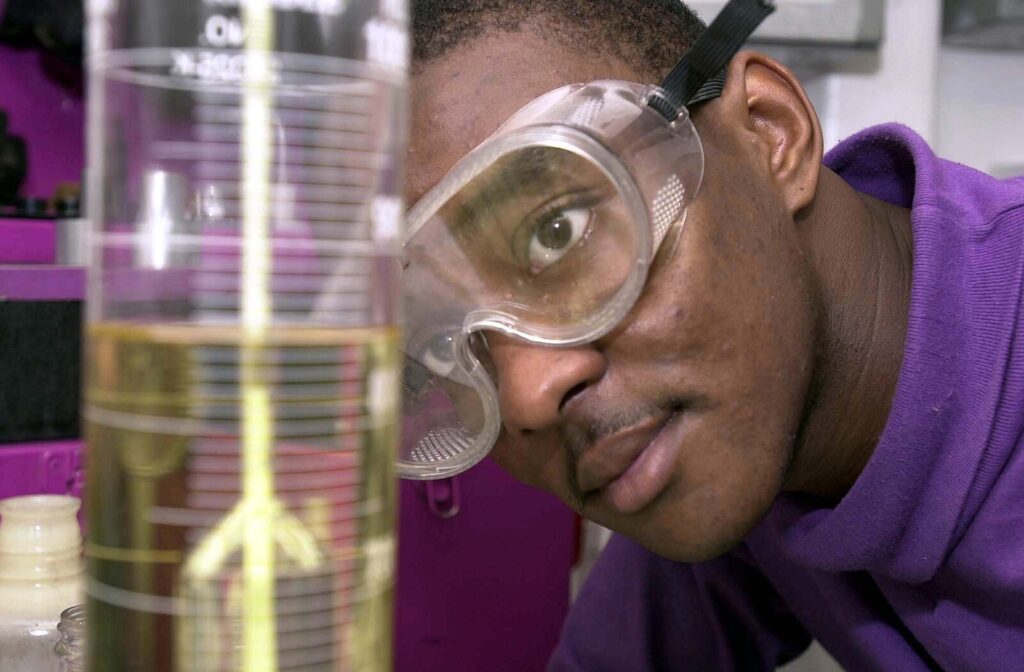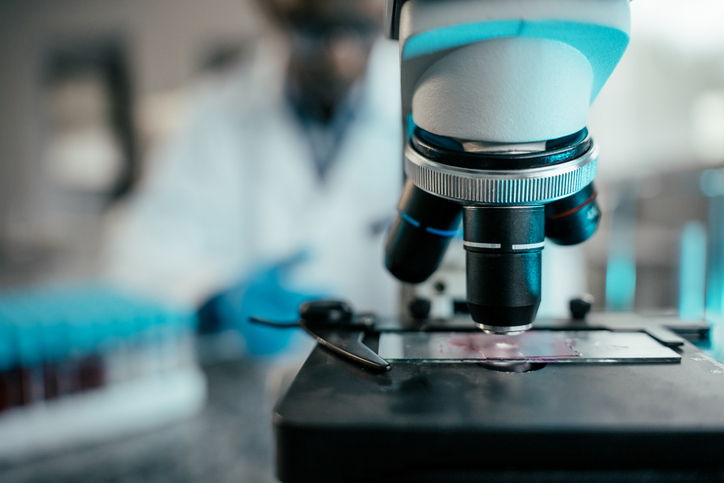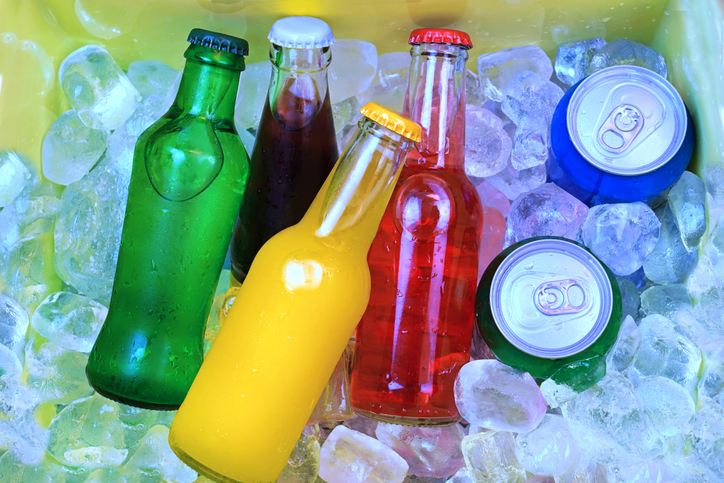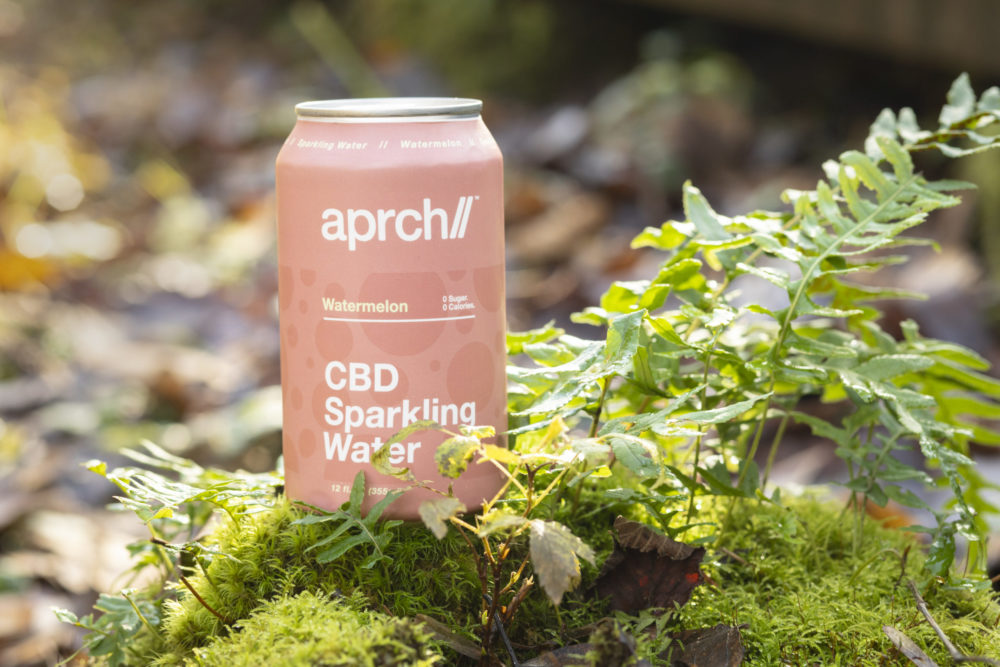SōRSE News & Blog
Home > News/Blog
More results...

Moving towards a kaleidescopic entourage effect in cannabis beverages
If you came to cannabis from smoking and later tried a cannabis beverage, you probably noticed a real difference in how it hits. The effects of smoking feel layered, almost kaleidoscopic–an “entourage effect” of sensations. And while most THC beverages…

Four reasons to consider specific gravity weight in your cannabis beverage
For both traditional beverage manufacturers and cannabis brands just getting into drink formulation, there is one aspect of beverage formulation that too often goes unnoticed: its density or specific gravity (SpG). If your brand is getting into cannabis drink production,…

Meet with SōRSE at Supply Side Global
If you’re attending the Supply Side Global summit in Las Vegas October 27-30, please stop by the SōRSE booth for a free consultation. Our experts can help you with: Formulating a cannabinoid emulsion for beverage Flavor profile for your cannabis…

For cannabis brands, nano is a risky play
Why so many cannabis brands are interested in nano The cannabis-infused beverage category is one of the industry’s fastest-growing segments, projected to expand at a 22% CAGR over the next five years. But with opportunity comes challenges. Even with the…

Why the cannabis beverage industry must standardize predictable onset times
“Alcohol use is declining. THC is swooping in” reads the title of a piece posted by CNN in May of this year. In one section of the article, the author states, “The time is right for a THC beverage boom.…

5 Common Mistakes Made When Entering Into the Cannabis Market
Know the common pitfalls before entering the cannabis market











